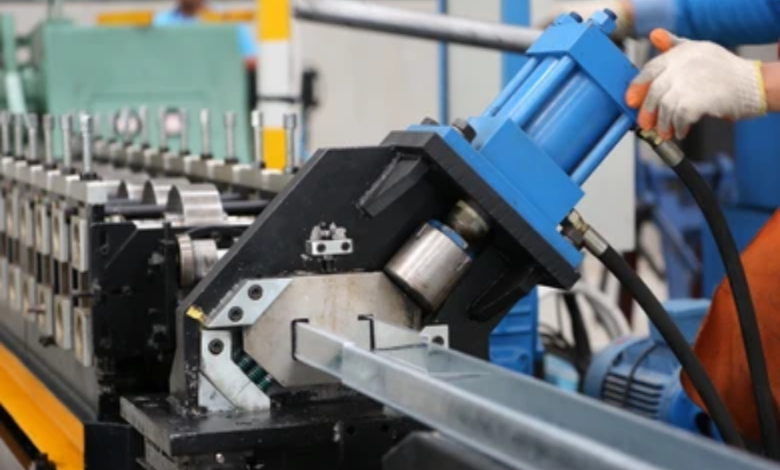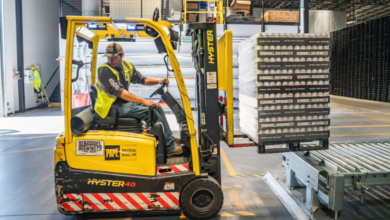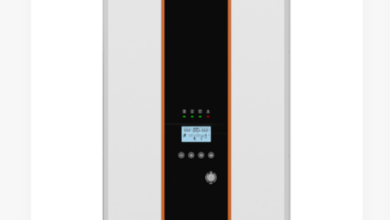Understanding the Advantages of Metal Stamping in Modern Manufacturing

Introduction to Metal Stamping
Metal stamping is a versatile manufacturing process used to shape or cut metal sheets into specific forms. It is widely applied in industries such as automotive, aerospace, electronics, and construction. By working with a skilled metal stamping provider, companies can produce high-quality components efficiently, ensuring accuracy, durability, and cost-effectiveness.
How Metal Stamping Works
Metal stamping involves placing a flat metal sheet into a stamping press, where a die applies pressure to form the metal into the desired shape. The process can include various operations such as blanking, bending, punching, embossing, and coining. Depending on the complexity of the part, manufacturers may use progressive, transfer, or single-station stamping techniques.
Benefits of Using Metal Stamping
High Precision and Consistency
One of the major advantages of metal stamping is its ability to produce components with consistent dimensions and tight tolerances. This precision is critical for applications where reliability and accuracy are required, such as automotive components and electronic housings. Consistent production reduces errors and minimizes the need for additional finishing processes.
Cost Efficiency for Large-Scale Production
Metal stamping is highly cost-effective for mass production. Once the dies are created, large volumes of components can be produced quickly and with minimal labor. This efficiency makes metal stamping ideal for industries that require high-volume, low-cost parts without compromising quality.
Material Versatility
Metal stamping can be applied to a wide range of metals, including steel, aluminum, brass, copper, and stainless steel. Manufacturers can choose the most suitable material based on strength, durability, corrosion resistance, and other application-specific requirements.
Common Applications of Metal Stamping
Automotive Industry
Metal stamping is extensively used in the automotive sector for manufacturing components such as body panels, brackets, and structural parts. The process ensures precise fits, high strength, and durability, which are essential for vehicle safety and performance.
Electronics and Electrical Components
In electronics, metal stamping produces connectors, terminals, enclosures, and heat sinks. The precision of the stamping process ensures reliable electrical performance and helps maintain the compact design required in modern electronic devices.
Industrial Machinery and Construction
Metal stamping is used in producing parts for industrial machinery, HVAC systems, and construction hardware. Components like gears, housings, and fasteners are manufactured efficiently while meeting strict dimensional and strength standards.
See also: AI in Education: How Technology Is Shaping Future Classrooms
Factors to Consider When Choosing a Metal Stamping Provider
Production Capabilities
It is essential to evaluate a provider’s ability to handle large-scale production while maintaining consistent quality. Providers with advanced stamping presses, automated systems, and skilled technicians are better equipped to meet demanding production schedules.
Quality Assurance Practices
A reliable metal stamping provider implements comprehensive quality control processes. This includes dimensional inspections, material testing, and monitoring for defects. Certifications such as ISO 9001 demonstrate a commitment to high standards and ensure reliable component performance.
Design and Engineering Support
Partnering with a metal stamping provider that offers design and engineering support can help optimize the manufacturability of parts. Assistance with material selection, die design, and process planning ensures components meet performance requirements and reduce production costs.
Emerging Trends in Metal Stamping
The metal stamping industry is evolving with technological advancements such as automation, robotics, and precision CNC equipment. These innovations improve production speed, reduce waste, and increase part consistency. Additionally, the adoption of lightweight materials and hybrid stamping processes allows manufacturers to meet modern design and sustainability goals.
Advantages of Long-Term Partnerships
Developing a long-term relationship with a trusted metal stamping provider offers several benefits. Companies gain access to consistent quality, faster lead times, and improved communication. Collaborative partnerships also allow for innovation in part design, material selection, and process optimization, ultimately enhancing competitiveness in the market.
Conclusion
Metal stamping is a crucial process in modern manufacturing, offering precision, efficiency, and versatility across various industries. By working with an experienced provider, businesses can produce high-quality components that meet strict tolerances and performance standards. Evaluating production capabilities, quality assurance practices, and engineering support helps ensure that manufacturers deliver reliable, cost-effective metal stamping solutions for both simple and complex projects.



